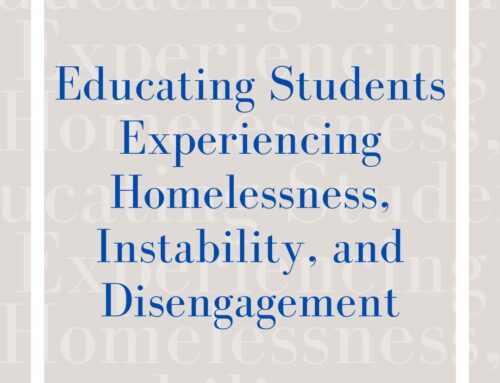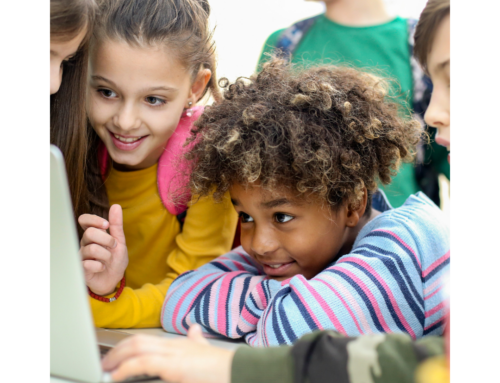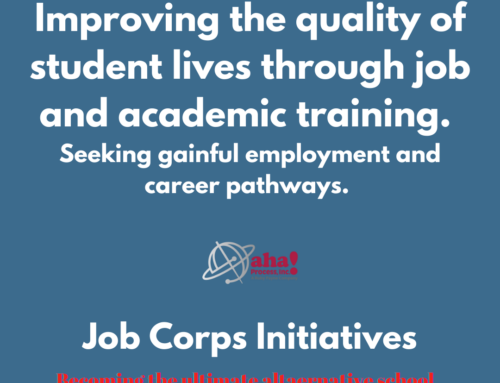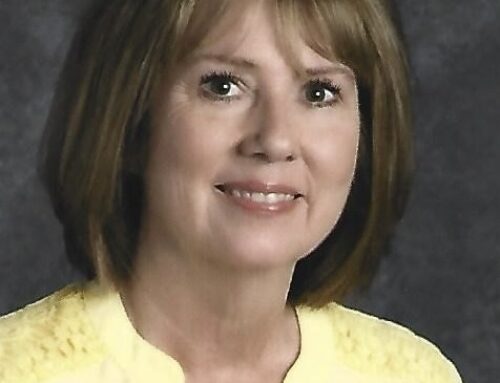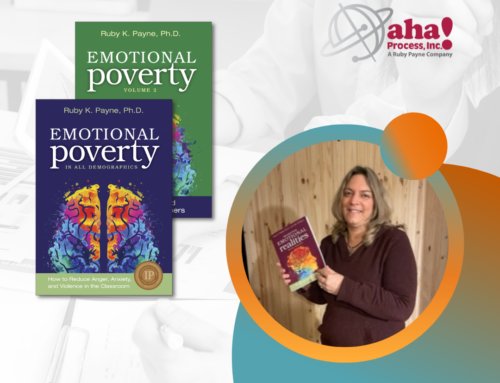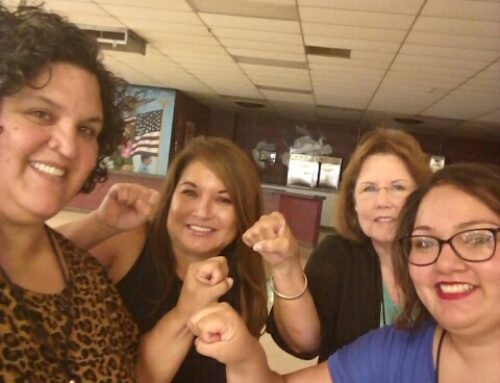 In the first two parts of this three-part blog series, I reviewed issues related to inequity in the identification of gifted students from poverty. What, then, must begin to occur in schools across this country when they are developing their identification systems to locate gifted students? They must begin to adopt an identification system that levels the playing field and creates equity for all. To do this, schools must develop identification systems that take into consideration the environmental opportunities of students and develop more appropriate program and instructional design that targets the differences between gifted students from poverty and those from non-poverty households. For a thorough description and discussion of an identification system that focuses on both of these areas, the book Removing the Mask (2010) by Paul Slocumb and Ruby Payne is highly recommended.
In the first two parts of this three-part blog series, I reviewed issues related to inequity in the identification of gifted students from poverty. What, then, must begin to occur in schools across this country when they are developing their identification systems to locate gifted students? They must begin to adopt an identification system that levels the playing field and creates equity for all. To do this, schools must develop identification systems that take into consideration the environmental opportunities of students and develop more appropriate program and instructional design that targets the differences between gifted students from poverty and those from non-poverty households. For a thorough description and discussion of an identification system that focuses on both of these areas, the book Removing the Mask (2010) by Paul Slocumb and Ruby Payne is highly recommended.
As students from poverty are under-resourced and lack many foundational readiness skills, curriculum and instruction must be designed appropriately. Program and instructional design must address several key areas:
- The core curriculum of the school must be taken into account when designing one to benefit gifted students. A poor core curriculum lacks the necessary rigor upon which extensions can be built for those students needing more challenge. When skills within the core have not been mastered, gaps occur. One of the first areas for teachers to address when working with gifted students from poverty is to find engaging, meaningful ways to scaffold learning and fill in gaps based on students’ background knowledge. Working with academic language and building deeper understanding of conceptual terms across content areas becomes necessary so teachers and students have shared understanding and can talk about what they are learning. Pre-assessments become essential in determining this baseline for teaching.
- When appropriately differentiating the core curriculum, several vital elements exist within an integrated, thematic unit. (See Slocumb and Payne’s Heuristic Curriculum Model in Removing the Mask, p. 150.) Bigger ideas, or themes (universal concepts), make cross-curricular connections and work as the umbrella for the entire unit. Examples are change, migration, conflict, systems, power, patterns, order, and force.
- It is essential that what students are to know, understand, and be able to do as a result of the teaching is clearly defined, along with an emphasis on the affective learning component.
- Teachers need to differentiate instruction and ensure that what is being learned is important, focused, engaging and relevant to students’ background knowledge, demanding and just a bit above the reach of the student for appropriate stretch and challenge, and is well scaffolded (Tomlinson, 2003). This type of curriculum is good for all students, and when working with gifted students, it is extended or modified appropriately. The key elements that receive focus are content topics + process skills + products + affective needs (Slocumb & Payne, 2010). “Differentiation is about taking these pieces of the learning objective and modifying them so they become more appropriate to the gifted student. An appropriate goal for gifted students is to think at higher levels and allow them the opportunity to think independently of textbooks, materials, and other resources. They need to be able to transfer their skills from one discipline to another and see connections to their personal life. The learning will include critical and creative thinking, problem solving, and evaluation skills” (Slocumb & Payne, 2010, p. 129).
- Teachers need to start where students are, use mental models to quickly transition, and scaffold learning to the bigger ideas and higher levels of thinking, communicating, and problem solving. (See chapters 8–10 in Removing the Mask for a more thorough discussion with concrete examples.)
- Gifted students need to become aware of the ways scientists, historians, mathematicians, et al. work, and they need to have opportunities to learn, think, and communicate as those in the field do. This real-life application increases engagement and connections for deeper understanding.
Gifted students from poverty have been slipping through the cracks for far too long. In this country’s critical economic time, they provide a resource that needs to be nurtured with strong relationships and appropriate learning. As our country demands the development of intellectual capital to create new products, technologies, and services, these students provide untapped resources to create quality of life for all.
References
Payne, R. K. (2005). A framework for understanding poverty (fourth rev. ed.). Highlands, TX: aha! Process.
Slocumb, P. D., & Payne, R. K. (2010). Removing the mask: How to identify and develop giftedness in students from poverty (rev. ed.). Highlands, TX: aha! Process.
Tomlinson, C. A. (2003). Fulfilling the promise of the differentiated classroom: Strategies and tools for responsive teaching. Alexandria, VA: ASCD.

